Finding the perfect community to settle down in often involves balancing many factors, from affordability and amenities to school districts and transportation. However, there’s one cost that many prospective homeowners overlook—the rising water bills. While some neighborhoods offer beautiful homes and seem like a great deal on paper, the true cost of living may include unexpected and steep water utility fees. In some parts of the U.S., water rates have surged due to aging infrastructure, high demand, and environmental challenges, making seemingly affordable communities more expensive than anticipated. Here’s a closer look at communities where the housing may seem perfect, but the water bills will definitely surprise you.
1. The Rising Cost of Water in California’s Desirable Suburbs

California’s suburban areas like Palo Alto and Cupertino have become highly sought-after destinations for homebuyers due to their proximity to Silicon Valley and beautiful surroundings. However, according to a 2023 report by The San Francisco Chronicle, water rates in these regions have increased by as much as 25% in recent years. These steep hikes are largely due to the ongoing drought conditions and the high cost of maintaining the state’s aging water infrastructure. Many homebuyers are unaware of how significantly water bills will impact their monthly expenses, especially with larger homes and lawns in suburban areas.
While residents of these areas may appreciate the gorgeous landscapes, they often face significant utility bills to maintain their properties. Water conservation efforts have been implemented in certain parts of the state, but those with lush gardens or swimming pools can expect to pay exorbitant fees. Some homeowners have seen their bills more than double in recent years due to the costs associated with drought mitigation. As water shortages persist, the demand for water is expected to rise, leading to even higher costs for residents in California’s desirable suburban communities.
2. Desert Communities with Skyrocketing Water Expenses

Desert cities like Phoenix and Las Vegas offer affordable housing options, but the true cost of living often comes with sky-high water bills. As reported by The Arizona Republic, these areas have experienced an 18% increase in water rates in the past five years due to the growing demand for water in a region that relies heavily on limited supplies. Despite these cities being popular for their affordable real estate, residents are left with hefty utility costs. Homeowners in desert areas must often rely on extensive irrigation systems to keep their lawns and gardens alive, further driving up their monthly water expenses.
In Las Vegas, water conservation efforts are being enforced to prevent further strain on local resources, but many residents are still dealing with rising bills. Homeowners have experienced costs that are three times the national average, especially if they use water for landscaping purposes. Despite the financial burden, moving to a desert city might still seem like a good deal for buyers, but when water costs are factored in, the overall affordability of these homes may be in question. With water becoming an increasingly scarce resource, it’s likely that water costs will continue to rise in these desert communities.
3. Florida’s Coastal Towns and Their Expensive Water Systems

Florida’s coastal towns like Miami and Fort Lauderdale are known for their luxurious real estate and picturesque views, but residents are also grappling with rising water bills. According to The Miami Herald, Florida’s coastal areas have experienced significant increases in water costs due to aging infrastructure and the challenges of dealing with hurricanes and flooding. While the housing market in these areas remains hot, homeowners often find themselves paying a hefty price for maintaining the water systems that support the region’s dense population. The problem is particularly pronounced in places like Miami Beach, where water usage for irrigation and flood mitigation further drives up utility expenses.
The rising costs of water in these coastal areas are exacerbated by the frequent storm damage to water infrastructure. Repairs to water treatment facilities and underground pipes have led to higher bills for residents. Many homeowners are unaware of these costs when they initially move into Florida’s desirable coastal communities, leading to some financial strain as they settle in. As the state continues to face increasing challenges related to climate change and water management, experts warn that these costs may keep rising, making it harder for residents to keep up.
4. Texas Suburbs and the Hidden Water Fee Trap

Texas suburbs like Austin and Houston have been gaining attention for their booming housing markets, drawing in homebuyers from across the country. However, reports from The Texas Tribune show that these areas have seen significant increases in water fees due to aging infrastructure and higher demand. Despite the affordability of homes in these regions, residents are often caught off guard by their rising utility costs, particularly when it comes to water. In Austin, the average household’s water bill has increased by more than 20% over the last few years, making it one of the highest in the state.
The aging water systems in suburban Texas communities, many of which were built for much smaller populations, are now in desperate need of repair. Local governments have been forced to raise water rates in order to fund these upgrades, placing a financial burden on homeowners. The hidden cost of water can quickly erode the appeal of living in these areas, leaving many newcomers questioning the affordability of suburban Texas. Even though property taxes in Texas tend to be lower, the rising water bills in many of these areas may outweigh the initial savings.
5. The Water Crisis in Rural Communities
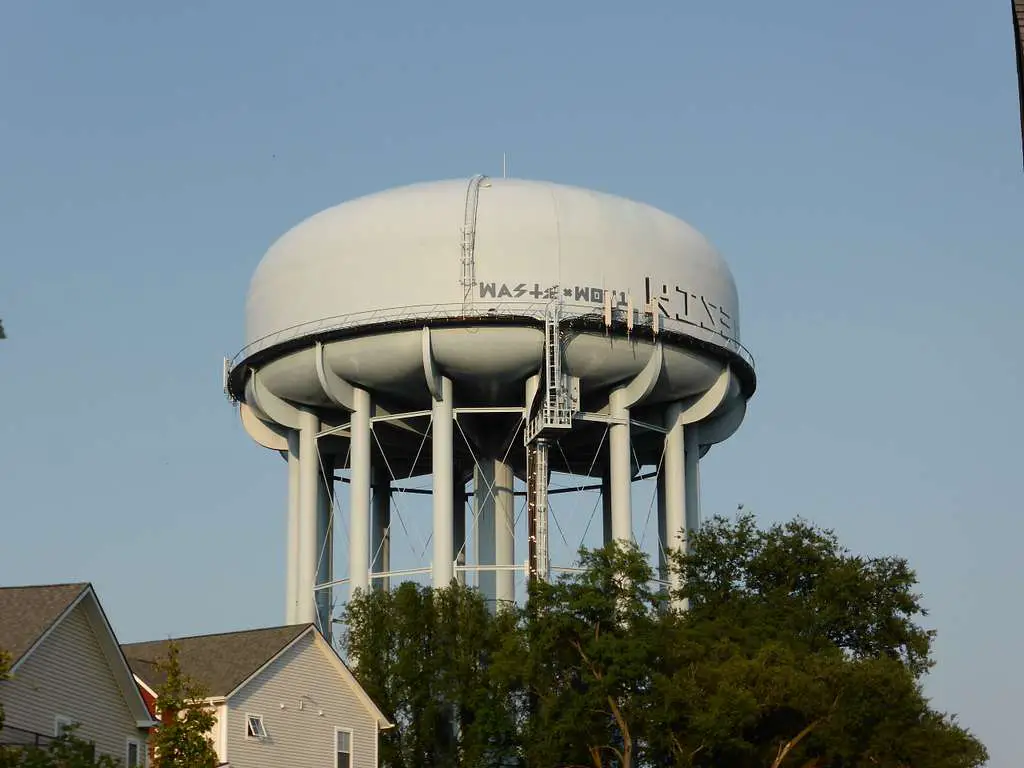
In rural communities across the U.S., homeowners are often confronted with rising water bills due to a combination of outdated infrastructure and water scarcity. Many small towns rely on wells or local aquifers that are becoming increasingly depleted, driving up the cost of extracting and delivering water. Rural areas in places like Oklahoma and Alabama are seeing water rates rise sharply as these resources dwindle. Unfortunately, for residents who rely on well water, they are often forced to pay for new infrastructure or filtration systems, further adding to the overall cost of living.
In addition, as water sources become more strained, local governments in rural areas are being pressured to increase water rates to manage scarcity. These communities are seeing water bills rise by as much as 30% annually as the situation worsens. Although rural living is typically cheaper than urban areas, the increasing costs of maintaining water systems are making it less affordable for many. Water costs may not be the first concern for potential buyers, but they could be a major financial factor in the long run.
6. Suburban Expansion Leading to Rising Water Bills
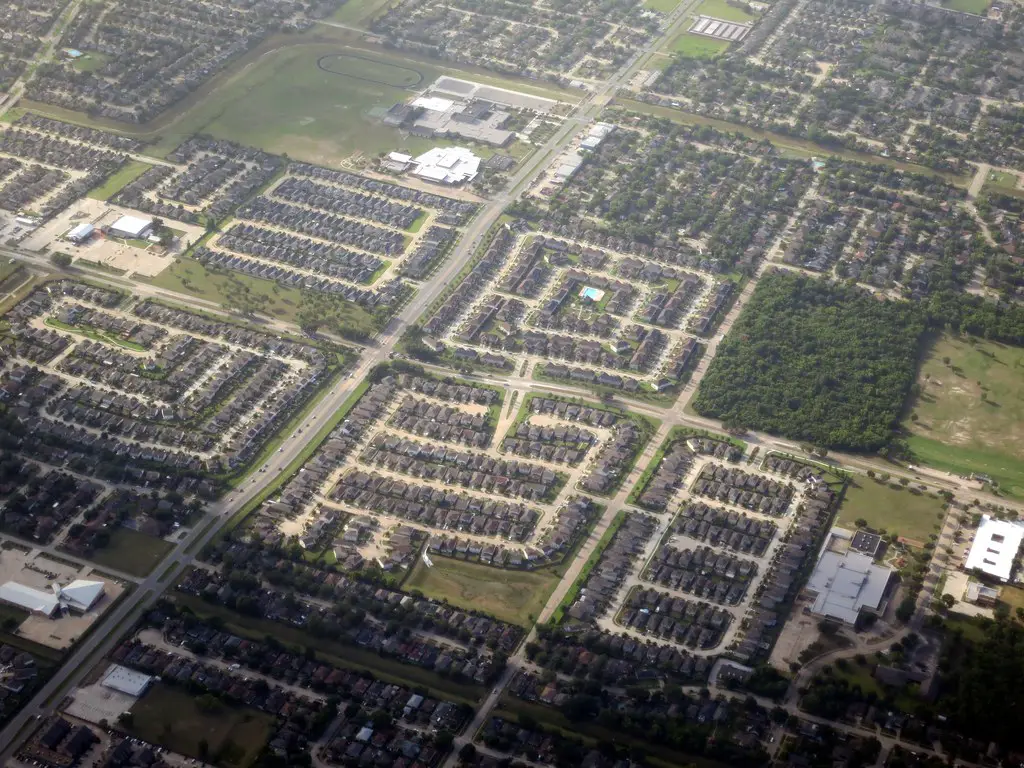
In suburban communities like those outside Denver, the expansion of residential areas has significantly increased the demand for water, causing utility rates to rise. As more people move to these areas, local water systems struggle to keep up with the growing demand, resulting in higher fees. Property developers have historically overlooked long-term water sustainability when building new neighborhoods, meaning that residents are now facing steep water bills. Homeowners in these expanding suburban areas are quickly realizing that the initial low property prices don’t account for the costly water expenses in the long run.
The trend of suburban sprawl is continuing to put pressure on water resources, especially as climate change contributes to unpredictable rainfall patterns. Many of these suburban neighborhoods were built without the infrastructure needed to handle such high demand for water, leading to unsustainable water rates. With the rising costs, homeowners may find themselves paying far more than they expected for water, often making it difficult to truly enjoy the affordability of suburban living. As these neighborhoods grow, it’s expected that water bills will only continue to increase.
7. The Dangers of Living in a Drought-Stricken Area
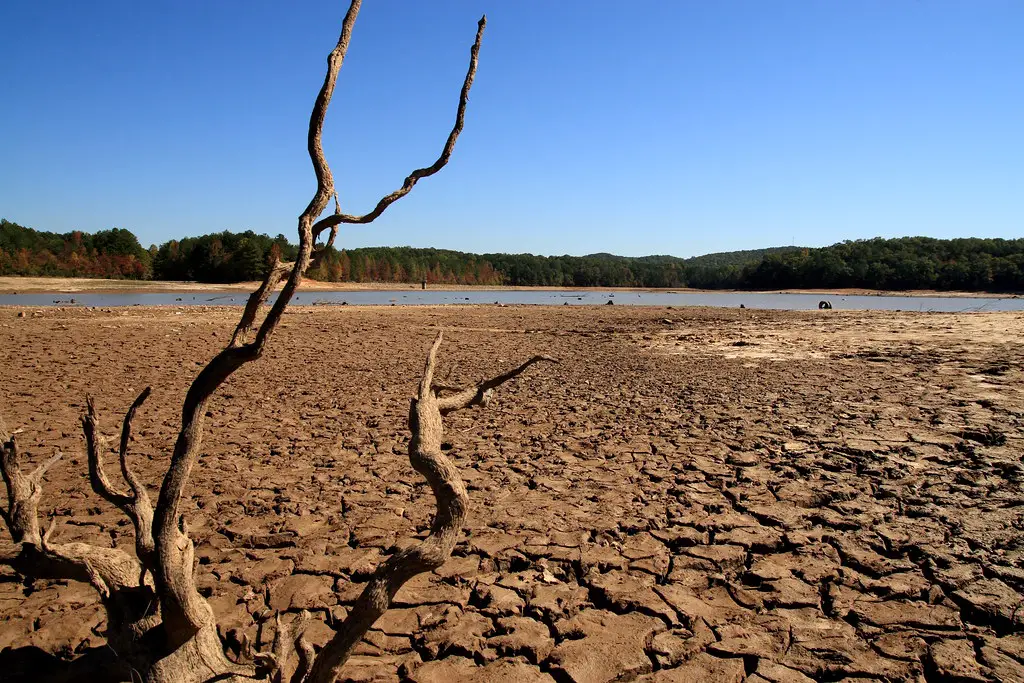
Regions in the Southwest U.S., like parts of Arizona and Nevada, are experiencing water shortages due to ongoing drought conditions. In these areas, the cost of water has increased dramatically as local governments scramble to manage scarce resources. Many of the water utilities are investing in expensive new systems and infrastructure to avoid running out of water, which is being passed along to residents through higher bills. In drought-stricken areas, even small changes in weather patterns can have a significant impact on water availability, making it harder to predict future costs.
While drought relief efforts may temporarily help, the fundamental issues of water scarcity remain unresolved. Residents living in these regions can expect their water bills to climb, especially as more people flock to these areas, increasing competition for the limited supply. Homebuyers moving to these communities might be attracted to the affordable housing options but will soon realize that water bills are the hidden cost of living in drought-prone regions. The combination of environmental challenges and growing populations is likely to continue pushing prices higher for homeowners.
8. The Price of Water in Fast-Growing Southern Cities
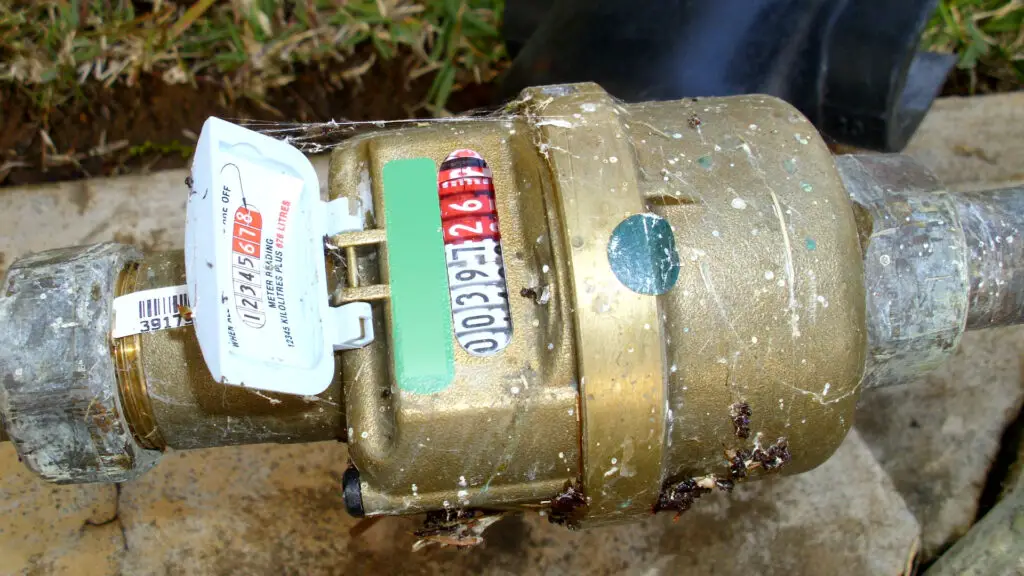
Southern cities such as Nashville and Charlotte have seen significant population booms in recent years, attracting new residents looking for affordable housing options. However, these fast-growing cities are facing mounting water costs as their aging infrastructure struggles to accommodate new residents. According to experts, the increased demand for water services has led to a 10-15% increase in water fees over the past few years. Despite the affordable housing market, these higher water costs are pushing up the overall cost of living in these once-budget-friendly cities.
Urban sprawl is only accelerating in these areas, which means the demand for water will only continue to grow. In addition to the financial burden on homeowners, local governments are facing pressure to invest in more sustainable water systems. As new housing developments go up, it’s becoming evident that the city’s aging infrastructure may not be able to support them, which could lead to even higher water fees in the future. For those who are considering relocating to these Southern cities, it’s crucial to factor in rising water bills when evaluating overall affordability.
9. Rural Communities Struggling with Water Access
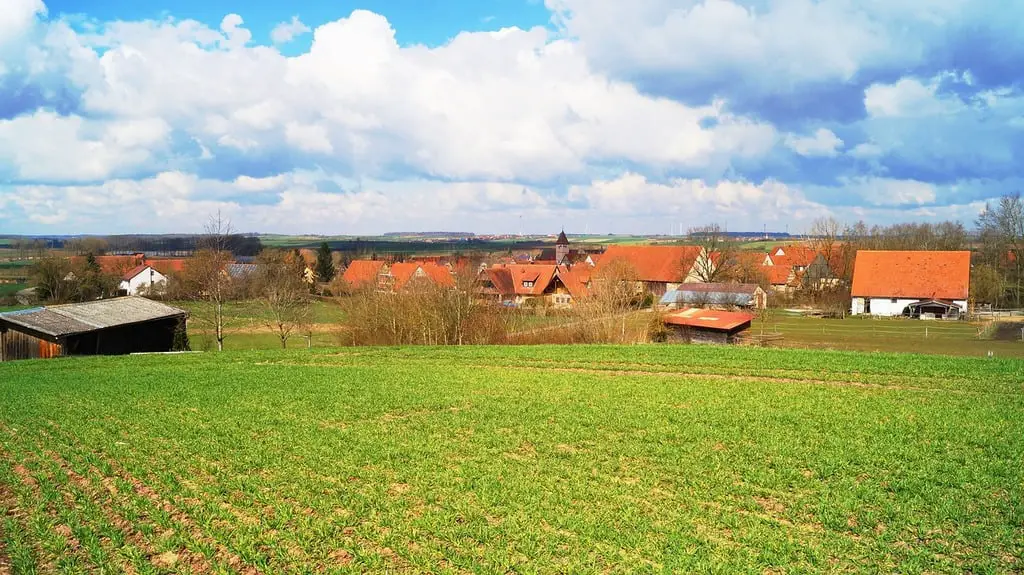
In rural areas like parts of Wyoming and Montana, access to clean and affordable water is a significant issue. Many of these areas rely on underground wells or other local sources that are subject to contamination or depletion over time. As the water supply dwindles, the cost of accessing and treating water increases, often passing those costs onto homeowners. In addition, rural areas often lack the funding to properly maintain or replace aging water systems, which leads to higher water bills.
In addition to rising costs, some residents in these areas are being forced to invest in costly water filtration systems to ensure the safety and quality of their water. The combination of aging infrastructure and limited resources makes water more expensive and harder to maintain in many rural communities. For many, the costs associated with water utilities are becoming an increasingly heavy financial burden, often driving up the overall cost of living. As climate change exacerbates the water scarcity issue, these rural areas may continue to face rising water costs.
10. Water Costs in the Pacific Northwest’s Growing Communities
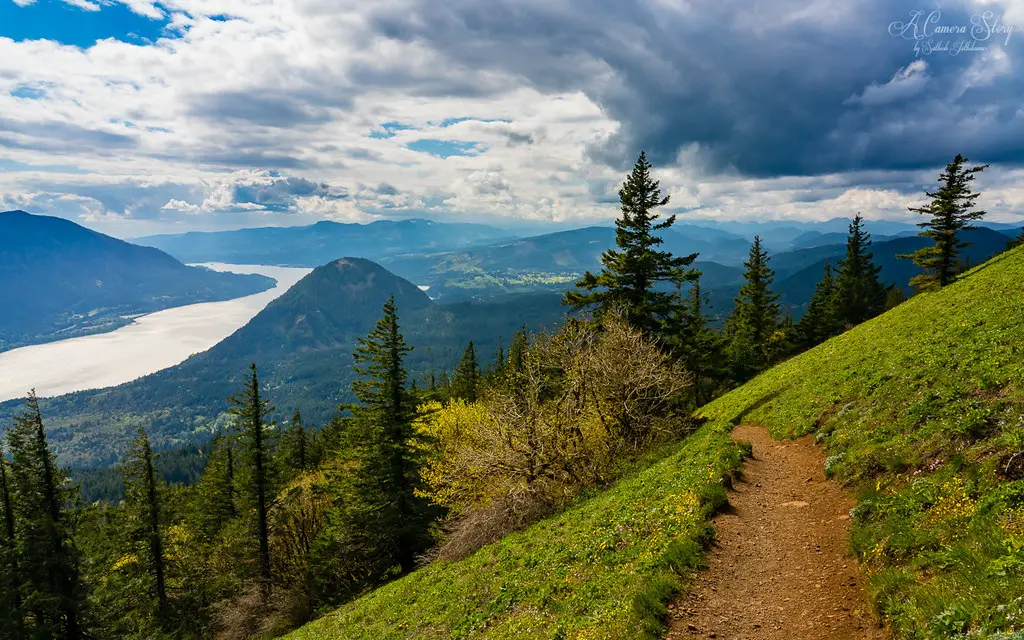
The Pacific Northwest is known for its lush landscapes, but rapidly growing communities in this region are facing rising water bills. Cities like Portland and Seattle are experiencing significant population growth, which is putting strain on their already strained water systems. Despite the region’s reputation for abundant rainfall, local water systems are struggling to meet the increasing demand. As a result, residents are seeing their water bills rise as cities work to upgrade their infrastructure and meet the needs of new residents.
This growth in demand has led to a series of rate hikes that are affecting many homeowners in these regions. The rapid pace of development has not been accompanied by necessary upgrades to the water supply infrastructure, and these issues are only exacerbated by increased urbanization. Homebuyers moving to the Pacific Northwest are finding that the higher cost of living is not limited to housing prices alone, and water bills are quickly becoming a major factor to consider when choosing a place to live. It is expected that these trends will continue as more people flock to the area.
11. Northern Cities with Hidden Water Fees
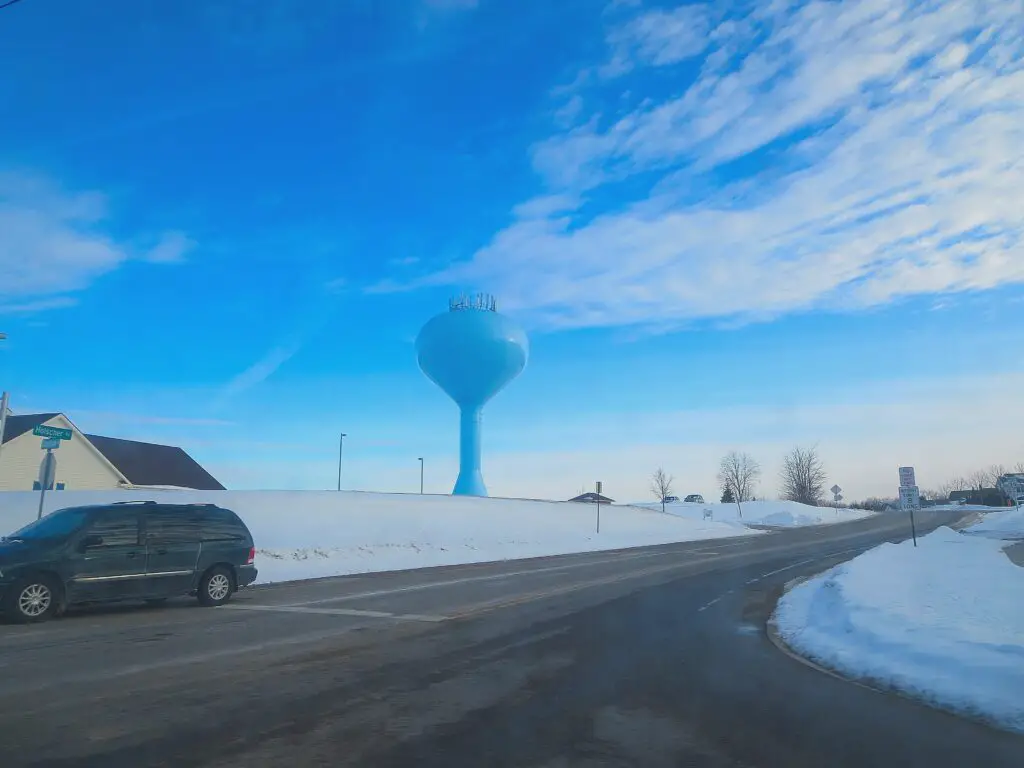
While cities in the northern U.S., such as Chicago and Minneapolis, are often seen as affordable, rising water bills are a hidden cost that many new homeowners don’t anticipate. These cities are facing issues with outdated water infrastructure, and residents are being asked to pay more to fund improvements. As local governments invest in modernizing their water systems, they are passing on these costs to consumers. Despite the relatively affordable housing markets, water bills are steadily increasing in these areas, which can catch homeowners off guard.
The lack of necessary infrastructure improvements over the years has resulted in a strain on existing water systems, leading to cost increases. As more people move to these northern cities, local governments are struggling to keep up with the rising demand for water, contributing to higher utility costs. Homeowners are finding that the cost of water is a significant factor in their monthly budgets, and many are considering other factors, like utility rates, when choosing where to live. The rising cost of water may make these cities less affordable than they seem at first glance.
12. The Future of Water Pricing in Coastal Cities

Coastal cities like Boston and San Francisco are facing increasing water costs due to a combination of high demand and rising environmental challenges. As sea levels rise and freshwater supplies become more scarce, the cost of water in these cities is expected to continue climbing. Homeowners in these areas are already seeing significant increases in their water bills as utilities work to protect their infrastructure from the effects of climate change. In some coastal cities, desalination plants are being considered as a long-term solution, but these solutions come at a high price, which will likely be passed on to homeowners.
While the demand for housing in these cities remains high, the rising cost of water will likely play a crucial role in shaping their affordability. Homeowners who rely heavily on water for things like landscaping and pool maintenance will especially feel the impact of these rising rates. As sea levels continue to rise and freshwater supplies decrease, residents of coastal cities may face even higher costs in the future. For anyone considering moving to these coastal areas, it’s important to keep water expenses in mind as a critical factor in the overall cost of living.
13. Hidden Water Costs in Popular Retirement Communities

Popular retirement destinations like Sarasota, Florida, and Scottsdale, Arizona, offer affordable homes and a relaxed lifestyle, but many retirees are surprised to find that water bills can quickly skyrocket. These communities, known for their sunny climates and active senior living, are seeing higher water costs as demand for these areas grows. As retirees move to these areas in large numbers, local water systems are struggling to keep up with the increased demand. The cost of maintaining these systems is being passed on to homeowners, especially those with larger homes or properties with extensive landscaping.
Retirees are often unaware of these increasing costs when they first move to popular retirement hotspots. In addition to the financial burden of rising water bills, some communities are also dealing with issues like water shortages due to drought conditions. As retirees look for affordable places to settle, they may find that the hidden costs of water utilities can quickly add up, making these communities less affordable than anticipated. It’s important for retirees to factor in water costs before making a move to these desirable retirement locations.
14. Water Bills in Gated Communities with Luxurious Amenities

Gated communities with luxurious amenities, such as those in Florida and Texas, can initially seem like a dream, but high water costs are often a hidden drawback. These communities tend to have extensive landscaping, swimming pools, and golf courses, all of which demand significant amounts of water. As the demand for these services grows, so too do the water bills, and residents are often surprised to find that the amenities they thought would enhance their lifestyles can instead make them more expensive to maintain. The community’s shared infrastructure, designed to provide these luxury features, also puts additional strain on local water supplies, leading to increased rates.
The rising costs of water are being passed on to residents, many of whom may not have fully accounted for these expenses when moving in. While these communities often promote their high-end lifestyle, the hidden water costs can catch homeowners off guard, making their otherwise affordable homes much more expensive to maintain. In many cases, residents are finding that they need to reconsider their long-term living plans as water bills rise. As the demand for luxury amenities increases, so will the pressure on water utilities to keep up, leading to even higher costs for those who choose to live in these high-demand, feature-rich neighborhoods.
